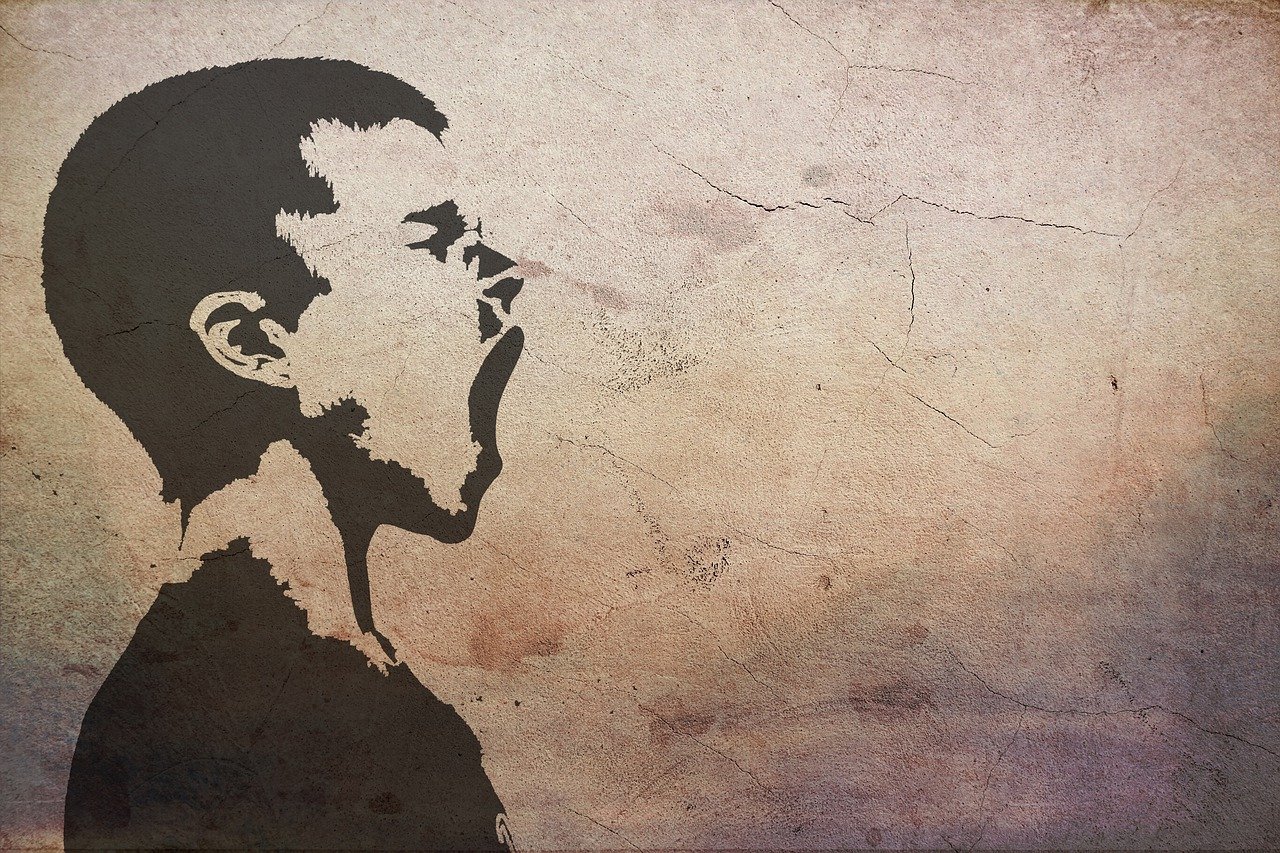
Citizens Ask, AI Answers: The Iranian Question
moatinoon
Question: Are there genuine political opposition forces in Iran? And if the current religious regime falls, could they fill the power vacuum?
Answer:
This is one of the most complex and debated questions among analysts.
Yes, opposition forces do exist—but they are fragmented, divided, and operating under extremely difficult conditions, both inside and outside Iran.
Domestic Opposition: Closest to the People, But Most Repressed
The internal opposition holds the most potential influence due to its proximity to the population, yet it faces harsh repression. It includes several components:
Reformists:
This is a faction within or close to the regime. They seek slow, gradual reforms rather than regime change. Leaders like Mir-Hossein Mousavi have been placed under house arrest. Their influence has significantly waned due to the regime’s suppression and their failure to achieve meaningful change.
Popular Protest Movements:
These emerge sporadically (e.g., in 2009, 2017–2018, 2019, and during the 2022 "Women, Life, Freedom" movement). They lack centralized, organized leadership and are largely spontaneous reactions to economic, social, and political conditions. Social media serves as their main tool for mobilization. While these movements show widespread public discontent, their lack of leadership makes sustained political transformation difficult.
Civil Activists, Students, and Human Rights Defenders:
They operate under severe repression and risk arrest and imprisonment. Despite this, they represent the voice of peaceful domestic opposition.
Exiled Opposition: More Freedom, Less Relevance
In exile, opposition groups have more freedom to act but suffer from disunity, disconnect from the realities on the ground, and lack strong popular support inside Iran.
MEK/PMOI (Mujahedin-e Khalq):
One of the largest and oldest opposition groups, with an international network and some foreign support. However, it is highly controversial, accused of being cult-like around its leader Maryam Rajavi, and has lost domestic popularity due to its past militant actions and cooperation with Saddam Hussein during the Iran-Iraq war. It began as an Islamist-socialist group but now advocates for secular democracy.
Reza Pahlavi (son of the late Shah):
He enjoys some support among diaspora Iranians and certain youth who view the pre-revolution monarchy as a symbol of stability. He advocates for a democratic, secular, constitutional monarchy. However, his influence within Iran remains limited.
Ethnic-Based Movements:
Groups such as Kurdish parties (Komala, PDKI/KDP-I), as well as Baluchi and Ahwazi Arab groups, seek regional autonomy or minority rights. Some have armed wings and conduct limited attacks. Their impact is geographically confined, and many Persians view them as threats to Iran’s territorial integrity.
Secular, Liberal, and Left-Wing Intellectuals and Activists:
These include a wide array of individuals and organizations advocating for democracy, human rights, and secularism. However, they lack coordination, leadership, and significant reach beyond intellectual or online spaces.
Can They Fill the Vacuum if the Regime Falls?
This is the core dilemma and a major source of Western concern regarding regime collapse.
The general consensus among analysts is that Iran’s opposition lacks the unity, organization, and public legitimacy to effectively manage a post-regime transition and avoid chaos.
The main challenges are:
Extreme Fragmentation:
Opposition groups are deeply divided along ideological, personal, and strategic lines. Collaboration is rare; rivalry and mutual criticism are common.
Absence of Unified Leadership:
No figure or council commands broad trust among the opposition or Iranian public.
Public Skepticism:
Many Iranians doubt the opposition’s capacity to govern, fearing either a return to monarchy, external manipulation, or national disintegration.
The current regime has successfully repressed domestic dissent and discredited some exile groups. What exacerbates the opposition’s weakness is its lack of a clear, cohesive vision for Iran’s future. While most advocate for democracy and secularism, there is no shared roadmap for "post-regime Iran."
Conclusion:
Given these dynamics, the most likely scenario in the event of a sudden regime collapse is instability, potential internal conflict, and power struggles. This is a key reason why countries like the United States and European powers prefer reforming the regimes behavior over seeking its downfall, fearing the unpredictable consequences for the region and the world.

